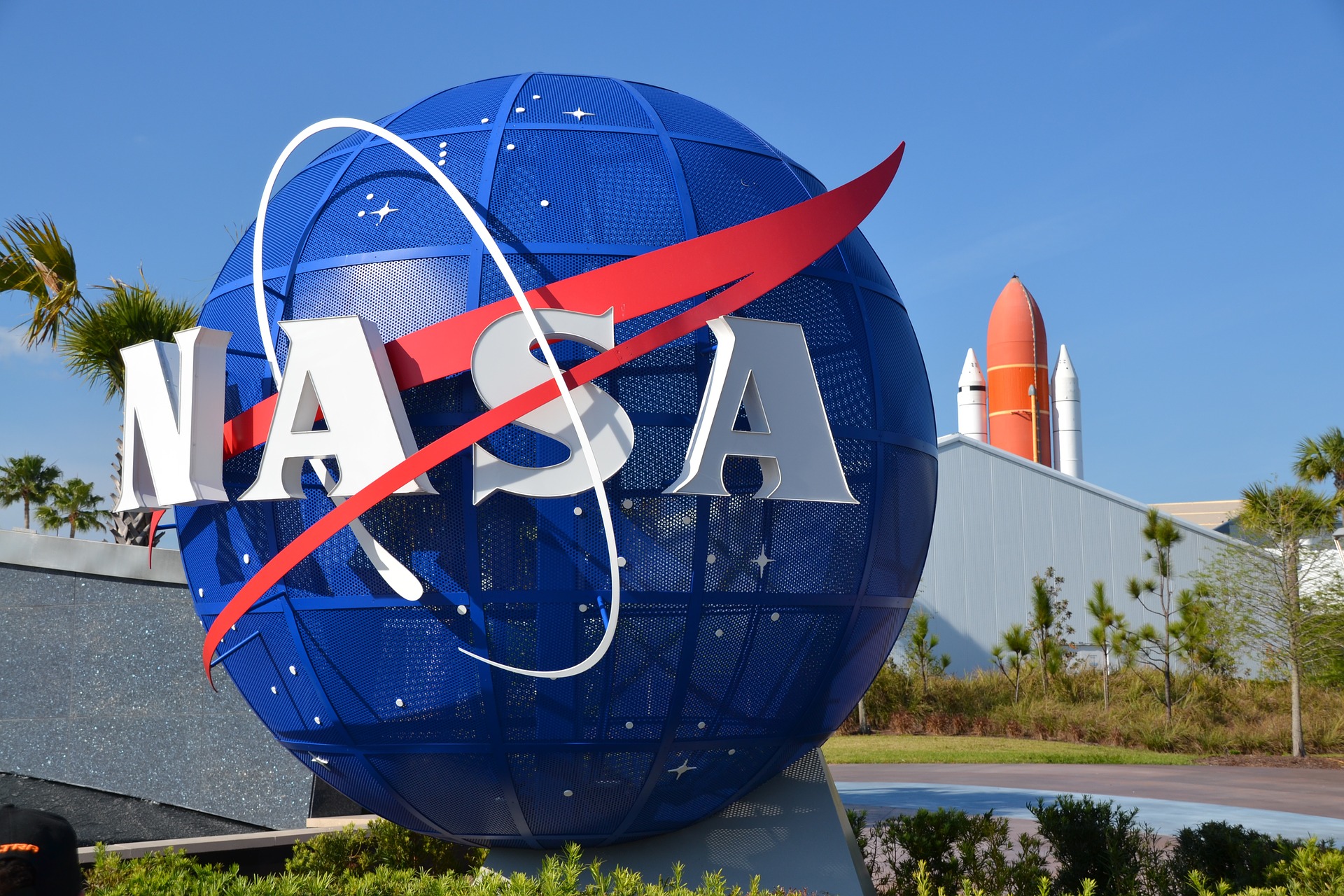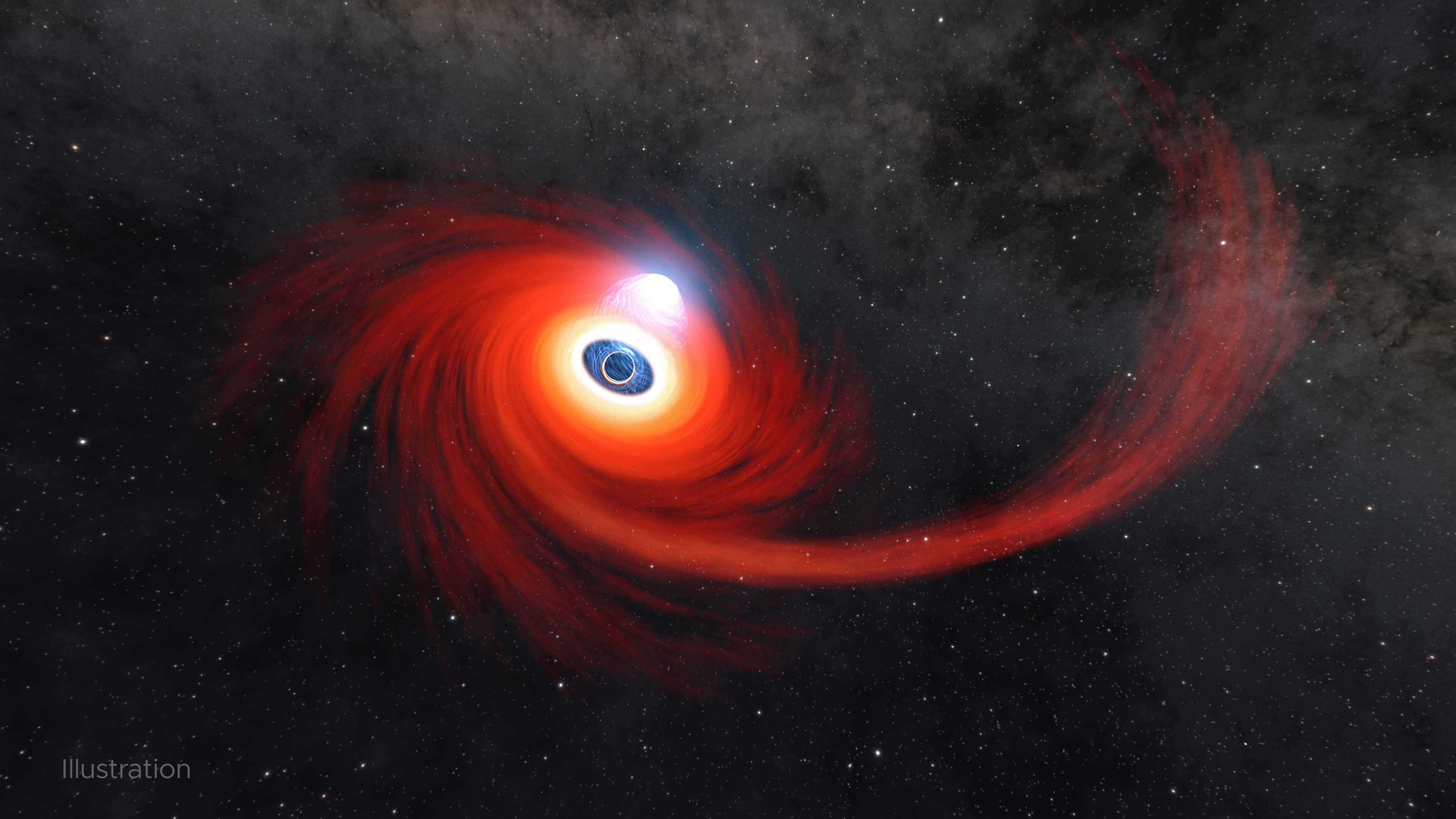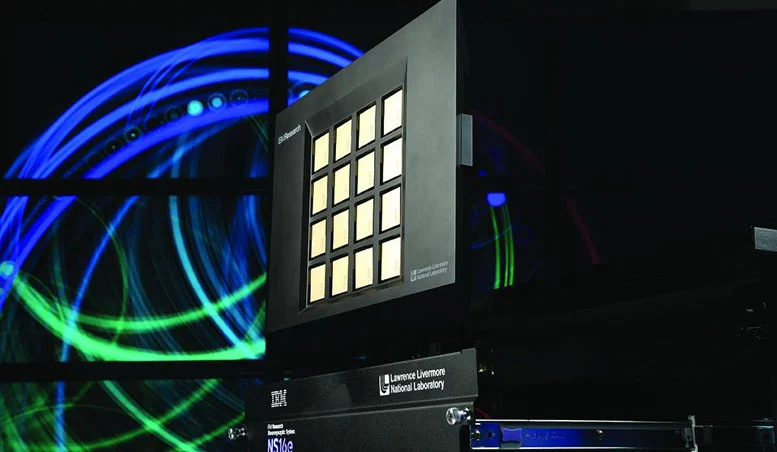NASA Releases 3 Eerie Black Hole Sounds Captured from Deep Space
- bypari rathore
- 30 July, 2025

📰 NASA Releases 3 Mysterious Space Sounds from Black Hole – A New Glimpse into the Deep Universe
📅 May 14, 2025
📍 Washington D.C.
The National Aeronautics and Space Administration (NASA) has once again stunned the world by releasing three never-heard-before space sounds, originating from a black hole region. These cosmic audio clips, created through a process known as "sonification", offer an auditory experience of the previously silent universe—especially the environment around supermassive black holes.
🔊 What Are These Sounds?
NASA scientists extracted these eerie yet fascinating sounds using data from X-ray, optical, and radio wave observations. These signals, otherwise invisible to the human eye, were converted into audible frequencies—resulting in sounds that reflect intense gravitational activity, magnetic storms, and matter swirling around black holes.
🎙️ “These aren't just simulations—they are real data, translated into sound,” NASA explained in its official release.
🌌 Where Are the Sounds From?
The three newly released sounds are believed to come from regions near:
Perseus Galaxy Cluster – previously known for its low-frequency "black hole hum."
M87 Galaxy – home to the black hole famously imaged in 2019.
Centaurus A – an active galaxy known for its jet-producing black hole.
These sounds were produced using data from NASA's Chandra X-ray Observatory, Hubble Space Telescope, and other instruments.
🧠 Why Is It Important?
📡 Makes space research accessible: By translating space data into sound, it allows blind and visually impaired audiences to experience astronomical phenomena.
🌠 Helps scientists understand black holes: Sound waves reveal density, pressure, and motion in galactic environments.
🎧 Engages public imagination: These haunting audio clips bring deep space closer to Earth, sparking curiosity among all ages.
🔗 Where to Listen?
The audio clips are available on NASA's official website and social media platforms like YouTube, Instagram, and X (formerly Twitter). Scientists encourage the public to listen with headphones for a more immersive experience.
📢 Conclusion
NASA’s latest sonification project proves once again that space isn’t silent—we just needed the right tools to hear it. As technology evolves, the universe is speaking in more ways than ever before, and now, we can finally listen.
🛰️ “Space has a sound. It's up to us to keep listening.”

Note: Content and images are for informational use only. For any concerns, contact us at info@rajasthaninews.com.
TSMC Optimistic Amid...
Related Post
Hot Categories
Recent News
Daily Newsletter
Get all the top stories from Blogs to keep track.











